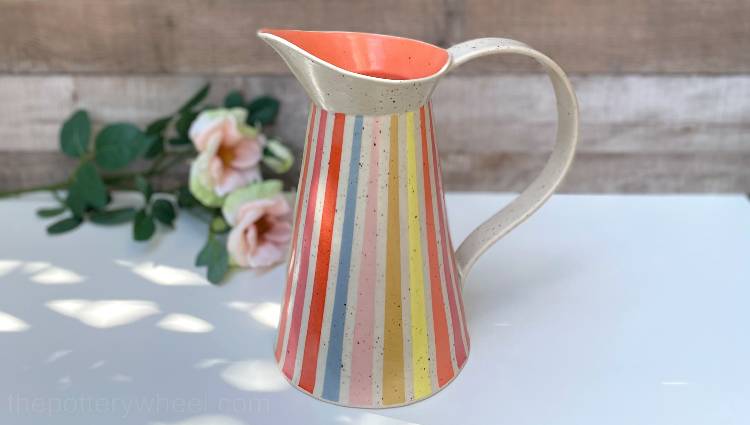Your cart is currently empty!
Is Pottery Clay Eco-Friendly? – or is it Costing the Earth?
Published:
Last Updated:
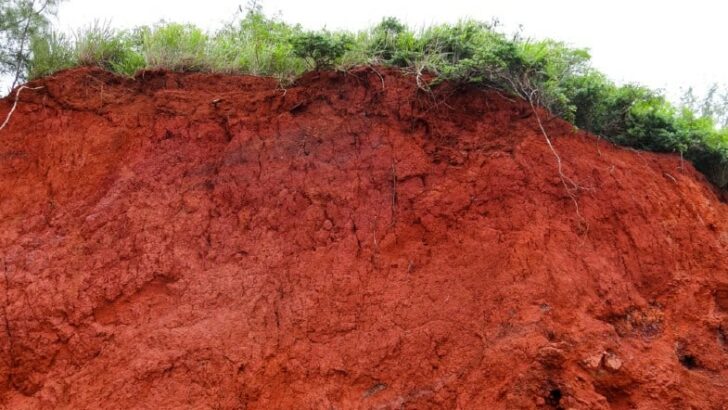
Affiliate Disclaimer
As an affiliate, we may earn a commission from qualifying purchases. We get commissions for purchases made through links on this website from Amazon and other third parties.
For many years, humans have been making jewelry, vases, plates, jugs, and drinking vessels out of clay. And still today, given the vast variety of materials available, clay is one of the most beautiful and durable options. Clay can be beautiful, practical and can take a variety of forms and shapes. Aesthetics aside, there has been some debate regarding the eco-friendliness of pottery clay. So, to what extent is pottery clay eco-friendly? This article assesses just how eco-friendly pottery clay is.
Some aspects of pottery production are not eco-friendly. These include the use of nature resources and high fuel consumption needed for firing pottery. Additionally, harmful chemicals are sometimes used in glazes. However, pottery does reduce the need for disposable plastic. And compared to other substances, pottery production is less harmful for the environment.
One case against the eco-friendliness of pottery comes from those who believe that pottery production uses a lot of energy. Furthermore, some glazes require a second firing in the kiln to achieve a superior finish. Also, as the majority of kilns are likely to run on energy derived from fossil fuels. This process leaves a considerable carbon footprint on the environment. Besides, some of the ingredients in glazes are toxic.
First, let’s understand the process of manufacturing ceramics and what makes an industry eco-friendly. Then we can consider why ceramics may not be 100 % eco-friendly.
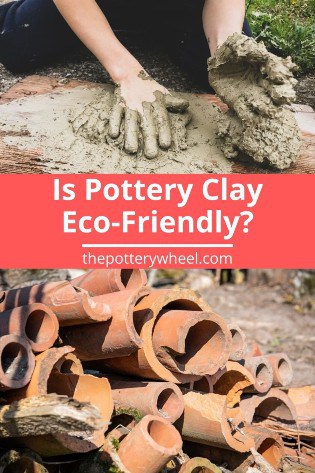
The Ceramic Manufacturing Process
The major processes of manufacturing ceramics are batching, mixing and grinding, forming, firing, and glazing.
When manufacturing clay, the correct weight, and quantity of ingredients are put in a mixer and dry blended. Water is then added and mixed into the dry blend. The batch is allowed to age for at least 24 hours. This enables the water to hydrate the raw materials and increase the plasticity of clay.
Once the proper batching is done all the raw materials are mixed and sent to the grinding mill. In the grinding process, the raw materials are broken down into smaller particles.
The clay is then ready to be used to make pottery. Pottery can be hand-built, wheel thrown, or made using plaster casts. Once the clay has been molded, one way or another, into the desired shape, it is left to dry slowly.
As pottery clay dries, some amount of shrinkage is inevitable. Drying the clay slowly helps avoid warping and cracking as the clay shrinks and dries.
In its unfired state bone dry clay is soluble and fragile. To make it strong and functional, it needs to be heated intensively in a kiln.
The most common types of kilns are electric and gas. However, wood kilns are also quite popular and having a bit of a resurgence. The kiln temperatures usually range between approximately 1800 and 2400F.
Another factor is that pottery is most often fired twice. It goes through a bisque fire, where it is converted from clay to ceramics. Once it has been made ceramic it is glaze fired. Glazing is done for artistic and practical purposes. It can look nice and add color. But also, it adds a waterproof glass layer to the pottery making it useful for dinnerware and the like.
What Makes a Manufacturing Process Eco-Friendly?
So, what makes a manufacturing process eco-friendly?
- An eco-friendly manufacturing process conserves natural resources and protects the planet from exploitation.
- Products are made from sustainable materials, while waste is reduced through reuse and recycling.
- Eco-friendly manufacturing processes use renewable energy. Renewable energy is energy generated from resources that replenish naturally, such as geothermal heat, biomass, rain, tides, wind, and sunlight.
- These manufacturing processes reduce waste by making use of leftovers. Or by disposes of any waste products properly.
- Finally, eco-friendly processes implement a water-efficiency program to conserve water.
With this in mind, let’s take another look at the question, is pottery clay eco-friendly…
Is Pottery Eco-Friendly? – Fuel Consumption
A lot of energy is required to fire pottery in a kiln. In fact, temperatures in thousands of degrees are needed. And, as stated above, glazed pottery generally needs to be fired twice. Once as a bisque fire and a second time as a glaze fire.
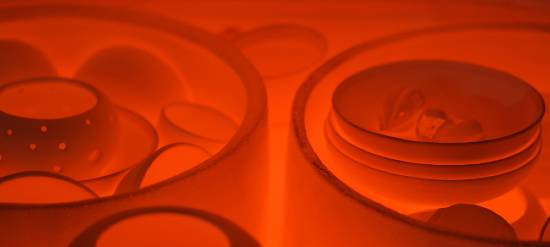
Some potters do use a single firing technique, also known as raw firing. However, most pottery is fired twice.
Whether you are firing using electricity, gas, or more primitive methods, like wood firing, this takes a lot of fuel.
As well as the quantity of fuel needed, the pollution generated as a by-product of firing pottery deserves consideration.
Firing pottery emits fumes and gasses. These range from particulate matter, black carbon, and sulfur dioxide, oxides of nitrogen, carbon monoxide, and soot. All of which may contribute to the worsening of climate change.
Furthermore, the energy used in firing clay is mostly derived from fossil fuels. To begin with, the burning of fossil fuels results in potentially irreversible consequences such as global warming.
Also, fossil fuels emit a number of air pollutants that are harmful to both the environment and public health. For instance, sulfur dioxide emissions contribute to acid rain and the formation of harmful particulate matter. In addition, sulfur dioxide emissions can exacerbate respiratory ailments such as asthma.
However, some factors that counterbalance the environmental costs of ceramic production are as follows:
- Pottery production requires less energy than glass.
- Modern ceramic industries often employ heat recovery systems. These feed the heat generated by the kiln back into the building and into water heating. This reduces the carbon footprint related to these aspects of production.
- Also, factories export their heat generated to the surrounding community. This can help to reduce the carbon imprint of that community.
Is Glazed Pottery Eco-Friendly?
Does glazing make a difference to whether pottery is eco-friendly? In some ways it does. As stated above, glazing involves an additional firing schedule for the potter. Which involves further fuel consumption and emission of gases and fumes into the atmosphere.
But also, the glazing process involves the use of chemical dyes and solvents. If discharged as waste these could contaminate the ecosystem.
Mass-produced pottery made in ceramics factories may have to meet industry guidelines about disposing of waste. However, lots of hobby potters and cottage industries may not consider the impact of washing glazes down the sink.
In addition to contamination of the ecosystem with chemicals, glazed pottery takes a long time to biodegrade. Like stone, clay is a chemically decomposed igneous rock (source). Over time it weathers and decomposes just as stone does. However, if it is glazed, this takes much longer.
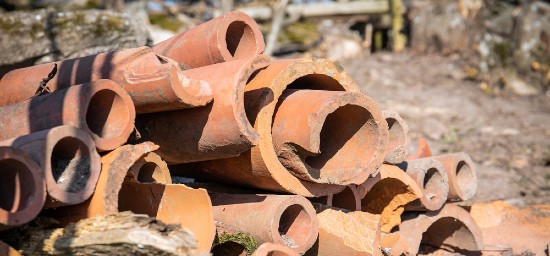
Agents like fungi that aid biodegradation find it difficult to penetrate glazed pottery. By its nature fired glaze provides a protective layer. So, the biodegradation process ends up taking thousands of years to occur.
What Aspects of Pottery Clay Are Eco-Friendly?
So, what can be said in favor of pottery from an ecological point of view?
Firstly, ceramics are composed of natural clay and other plentiful raw materials. As such, their production does not require the exploitation of any other natural resources like trees. In light of this, pottery makes a substantial contribution to protecting forests and landscapes across the globe.
Also, pottery and ceramics have a low transport footprint. In this regard, the pottery clay needed to make ceramics can be sourced practically anywhere in the world. This reduces the need to transport from one country to the next.
Ceramics are also eco-friendly because they are more durable and longer-lasting than other materials. Pottery clay, especially porcelain is very physically hard. This is why it’s used in a medical setting to replace teeth and bone.
In today’s world, many items are made to have a short life span and be disposable. Ceramics can be seen as an antidote to our consumer-driven world, where things are replaced without too much thought.
In addition to this, once pottery and ceramics have been fired, they do not release toxic compounds into the environment.
In the past many glazes contained lead. This is hazardous for the environment and consumer health because it can leach out of the ceramic surface. However, most glazes these days are made without lead and do not emit toxic substances into the environment. In fact, when ceramics do eventually degrade, they are more benign to the environment than plastics.
Is Ceramic Pottery Sustainable?
Consumers worldwide are increasingly becoming aware of how their lifestyle choices impact the environment in which they live. In essence, standing up against environmentally harmful practices has become the norm. A product is considered sustainable if sourcing, making, distributing, and disposing of it has little negative impact on the environment.
One of the best qualities of ceramics is that they are truly a natural product. In other words, ceramics all start with clay, which is a natural material composed of water and minerals.
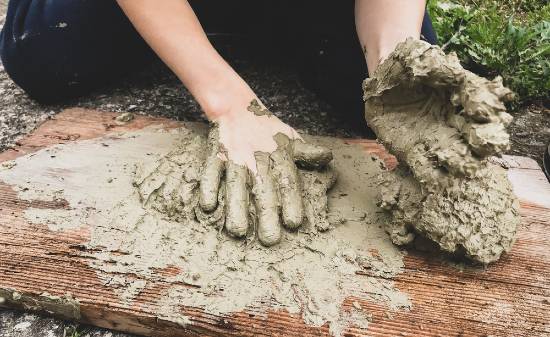
However, given that the earth takes approximately 700 years to generate clay, it is possible that we are using more than what is being produced.
The other trend receiving the most attention regarding sustainability is the reduction of single-use disposable products. Because consumers are becoming more aware of sustainability, ceramic products that can be reused are becoming more popular. An example of this is the sale of reusable ceramic coffee mugs.
Manufacturing pottery might create some cause for concern from an environmental point of view. However, there is growing concern about the impact of plastic on the environment. The short-term costs of making pottery may well be much less than the long-term impact of using plastic.
Final Thoughts
So, is pottery clay eco-friendly? What is the verdict? On the minus side clay is a natural resource that is sourced and processed for the manufacture of pottery. Also firing clay burns fuel, whichever method of firing you use, and heat, fumes, and gases are released into the atmosphere. Finally, some glazes and oxides contain ingredients that can be toxic for the environment
However, on the plus side, pottery is durable and reusable. Therefore, in the long run, making pottery can help to reduce the need for the use of plastic. In addition to this, the manufacture of pottery is less harmful to the environment than other production processes. Manufacturing glass and plastics for example are more problematic from an environmental point of view.

